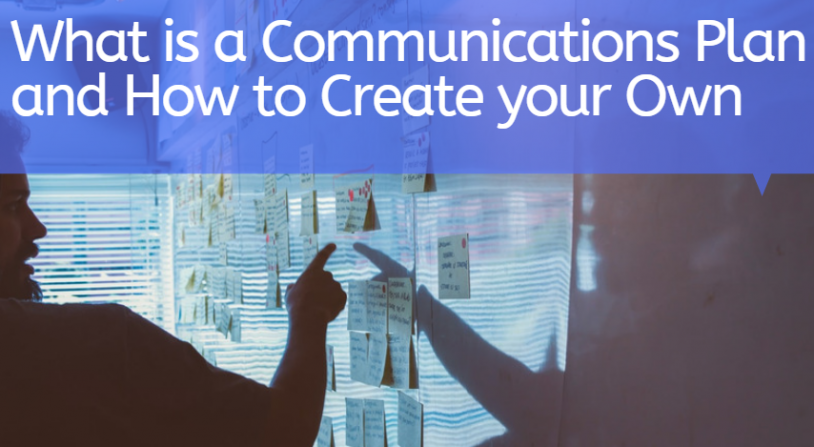Stories move people to action in ways that facts and figures never will. When Nike shares an athlete’s journey from setback to triumph, or when Dove celebrates real beauty through authentic portraits of women, these narratives stick with us long after we’ve seen them. The most successful PR campaigns tap into fundamental human emotions – joy, hope, empathy, determination – creating connections that transform casual customers into passionate brand advocates. This emotional resonance doesn’t happen by accident; it results from carefully crafted storytelling strategies that put human experiences at the center of brand communications.
PR Overview
Understanding the Psychology Behind Emotional Brand Stories
The numbers tell a compelling tale: studies show that consumers primarily use emotions rather than information to evaluate brands, with positive emotions toward a brand proving to be far more influential in consumer loyalty than trust and other factors. Research from the Institute of Practitioners in Advertising found that purely emotional campaigns performed twice as well as rational ones and delivered substantially better long-term effects.
Take Apple’s “Shot on iPhone” campaign. Rather than listing technical specifications, Apple showcases breathtaking moments captured by real users – from stunning landscapes to intimate family memories. This approach connects with audiences through shared experiences and personal achievement, making the product secondary to the emotional journey.
Creating Characters That Connect
Strong emotional storytelling needs characters audiences can relate to and root for. When Airbnb features hosts who’ve opened their homes and hearts to travelers, they’re not just promoting accommodations – they’re telling stories of human connection and cultural understanding.
The key lies in authenticity. Real people facing real challenges resonate more deeply than polished corporate messaging. Nike’s “Dream Crazy” campaign featuring Colin Kaepernick worked because it centered on genuine conviction and personal sacrifice, sparking conversations far beyond sports.
The Role of Conflict and Resolution
Every memorable story needs tension and release. PR campaigns that acknowledge real challenges before showing how they’re overcome create stronger emotional investment. Dove’s “Real Beauty” campaign succeeded by directly addressing women’s struggles with beauty standards, then offering a path toward self-acceptance and confidence.
Consider Procter & Gamble’s “Thank You, Mom” Olympic campaigns. These stories show the struggles and sacrifices of athletes’ mothers, building tension through hardship before resolving in moments of triumph. This narrative arc creates emotional peaks that viewers remember long after watching.
Multimedia Storytelling in the Digital Age
Modern emotional storytelling demands a multi-channel approach. Video content, social media, interactive experiences – each platform offers unique ways to deepen emotional connections. Google’s annual “Year in Search” videos masterfully weave together shared experiences, using music, imagery, and pacing to create powerful emotional resonance.
Social media allows brands to extend their storytelling through real-time engagement. When audiences can participate in the narrative – sharing their own stories, responding to brand messages, joining conversations – emotional investment multiplies.
Measuring Emotional Impact
While emotional responses can seem intangible, their effects are measurable. Track metrics like social sharing, comment sentiment, brand mention sentiment, and long-term customer retention to gauge campaign success. Look for indicators of emotional engagement: Are people telling their own stories in response? Are they defending your brand in conversations? These signals often matter more than simple reach or impression numbers.
Building Long-term Emotional Equity
Emotional storytelling isn’t about one-off campaigns – it’s about building lasting connections. Consistency matters. Each story should align with your brand’s core values and build upon previous narratives. Patagonia has spent decades telling stories about environmental conservation, creating a deep emotional association between their brand and environmental responsibility.
The most effective emotional storytelling reflects genuine brand values. When REI closed its stores on Black Friday for their #OptOutside campaign, they backed up their story about valuing outdoor experiences over consumerism with real action. This authenticity strengthens emotional bonds and builds trust.
PR professionals who master emotional storytelling hold the key to creating lasting brand loyalty. Success requires understanding your audience deeply, crafting authentic narratives that resonate with their experiences, and delivering these stories across channels in ways that invite participation and sharing. Start by identifying the core emotions that align with your brand values, then build stories that bring these emotions to life through real characters and experiences. Remember that the most powerful stories often come from your own customers and community – look for opportunities to amplify these authentic voices. When done right, emotional storytelling transforms traditional PR into something far more valuable: a bridge between brands and the hearts of their audiences.
Creating an Effective Communications Plan
Creating an effective communications plan requires careful planning, strategic thinking, and a...
What Is Public Relations and Why Is PR Important?
Many people only know what PR is from Mad Men. Most have a vague understanding of what public...
Securing the Future of Embedded Finance: A Strategic Guide to Cybersecurity
Financial services now integrate seamlessly into everyday digital experiences, from ride-sharing...




